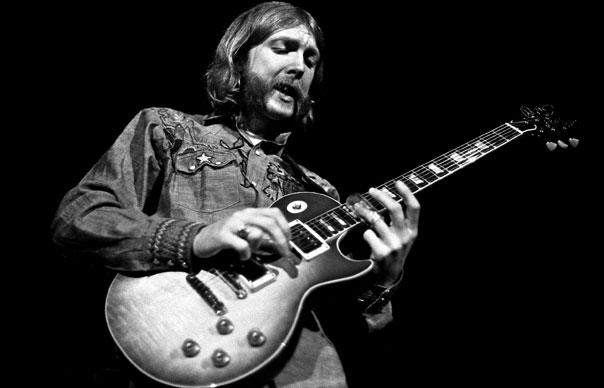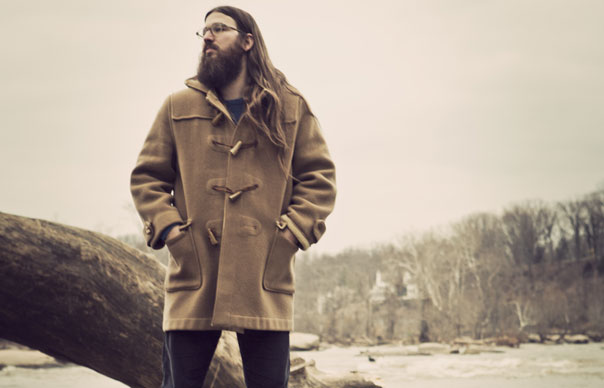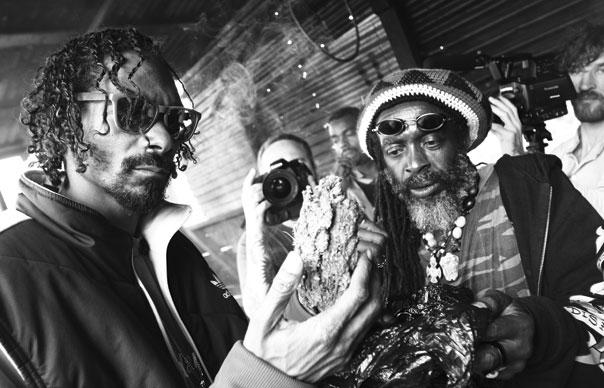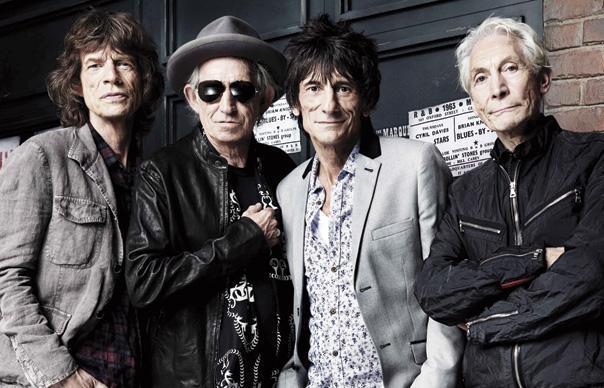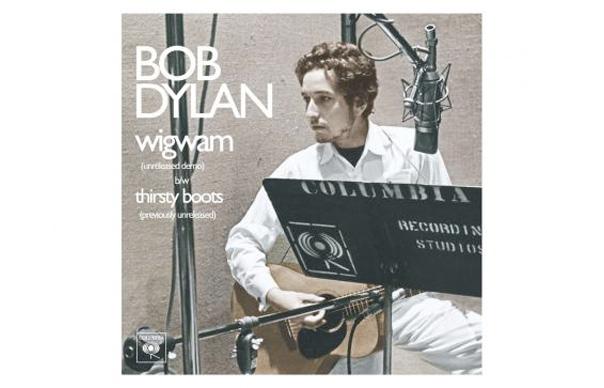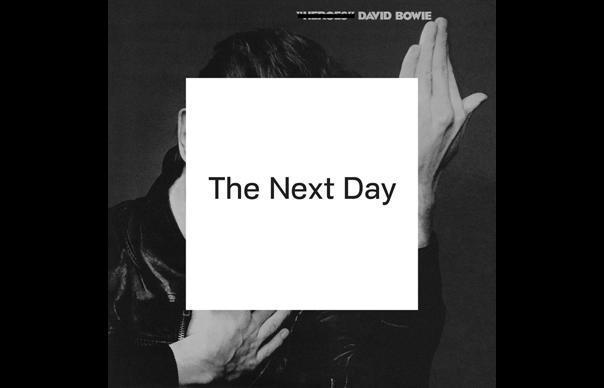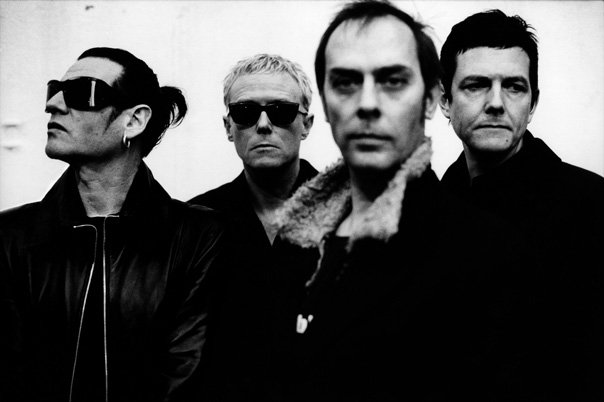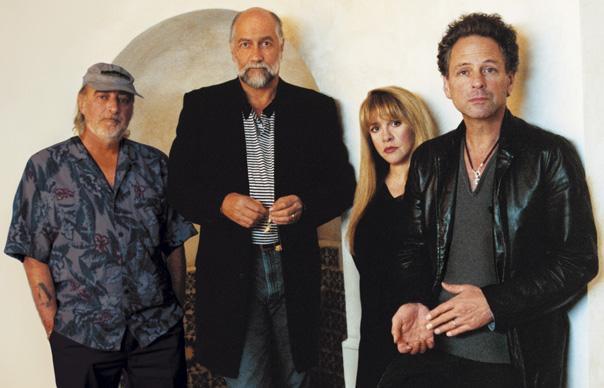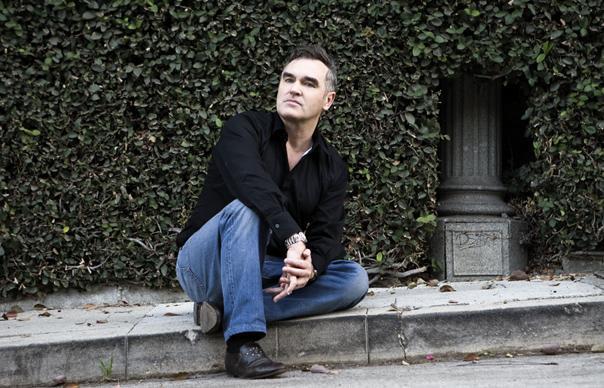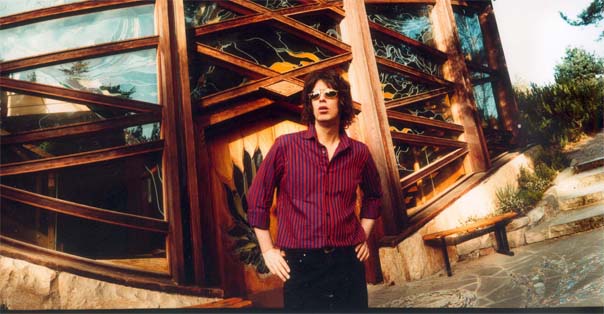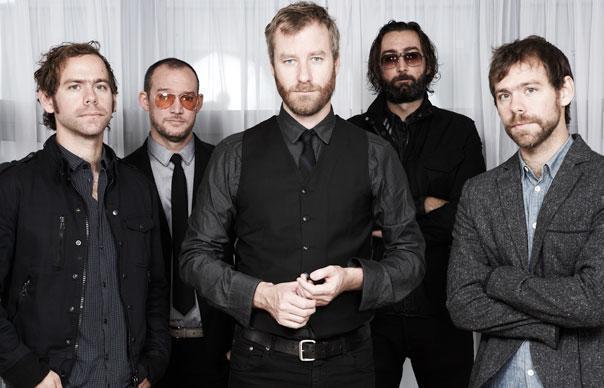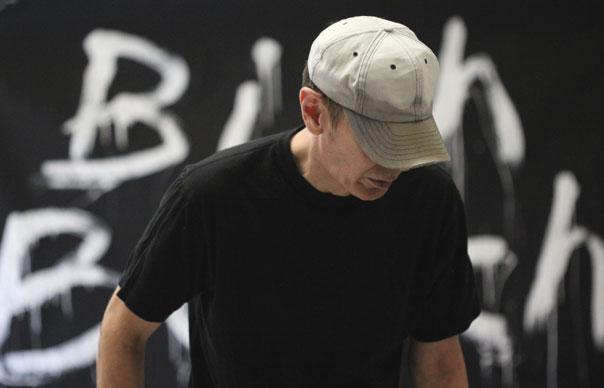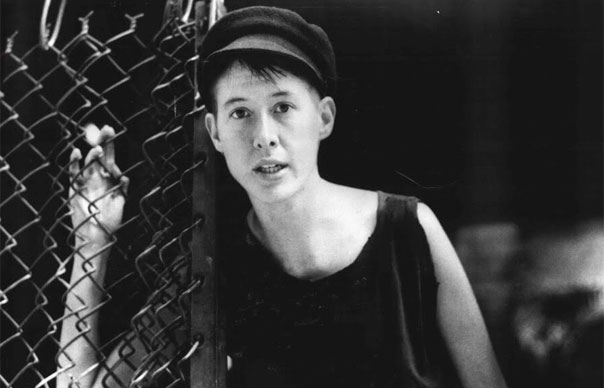Eric Burdon’s new album, ’Til Your River Runs Dry, is reviewed in the new issue of Uncut, dated May 2013 and out now – so for this week’s archive feature we thought we’d revisit this piece from Uncut’s May 2009 issue (Take 144), which examines how Burdon and his Geordie bluesmen somehow turned a lengthy folk staple about a brothel into a massive international hit… but don’t mention the royalties… Words: Nick Hasted
_________________
The Animals was a bunch of egotists,” says Eric Burdon. “Which exploded like a hand grenade.” The song responsible, “The House Of The Rising Sun”, dates back to the 19th Century. A folk staple, Bob Dylan recorded it for his self-titled debut in 1962, and it’s this version that found its way to Newcastle. The Animals recorded it in 1964 as their second single. Up until then, they’d specialised in R’n’B covers. But “The House Of The Rising Sun” provided something of a change of pace. It was raw, adult R’n’B that not even the Stones could match. “When we met them at the Club A Go Go in Newcastle, I saw the look on the faces of Mick and Keith,” Burdon says. “It was quite clear they had to kill us off.”
“The House Of The Rising Sun” was a global hit, The Animals becoming the first UK band to top the US charts since The Beatles. But they never came close to matching its success again, and by September ’66, the band had split.
There was another twist. The single’s royalties, assigned to Alan Price as sole arranger, left a lingering bitterness. Price refused to talk for this piece – “he tries not to be drawn into the open wound of the publishing,” believes drummer John Steel. Burdon, too, has mixed feelings about his biggest hit. “The downside was realised by me just recently. I was frontman for a band that was screwing me from behind. We toured non-stop for almost two years, hardly a day off… for zero. We lost our monies in the Bermuda triangle. But at least I’m alive to tell the tale. And I’m still out on the road, keeping songs like this alive.”
_________________
John Steel (drummer): The song was first introduced into our crowd in Newcastle by a friend of mine called Bill Davison, the first guy to get the Bob Dylan album in 1962. No matter what Eric claims, that was the first time we ever heard ‘The House Of The Rising Sun’.
Hilton Valentine (guitarist): The first version I heard was Dylan’s. To this day I still think it’s the definitive one.
Eric Burdon (vocalist): It was sung by local folk hero Johnny Handel in one of Tyneside’s many jazz/folk clubs. I knew instantly it held some magic.
John Steel: We hadn’t long left Newcastle, and we were offered our first major tour, with Chuck Berry. Chas [Chandler, bass] said, “Everybody’s going to try to out-rock Chuck…”
Valentine: …which was impossible. We wanted to do something moodier and slower. “House…” was the obvious choice.
Steel: We’d been dicking about with the song anyway. We took three days at the Club A Go Go, our Newcastle stomping ground, to rehearse for the tour. And that’s when we worked out the whole thing, as we recorded it. Alan said Hilton should play an acoustic strumming style. Hilton had developed this arpeggio thing. Alan stormed off, because we opted for Hilton’s version. By the time he came back, all he had to do was drop in the organ solo. We’d sorted the rest of it out. Eric rewrote the lyrics [making the usually female fallen protagonist in the House a man], because we knew we couldn’t get a song about a prostitute on the BBC. My drum-pattern I picked up from Jimmy Smith’s “Walk On The Wild Side”, on a jukebox in Belgium. Everybody had a part in it.
Burdon: Playing “House…” on the Chuck Berry tour, we all knew it had to be recorded and released instantly. It got our biggest reaction. Constantly, every night, in spite of the fact the packed house was waiting for Mister Rock’n’Roll to take the stage. People were leaving the theatre singing it. We could hear them through the dressing-room window.
Steel: Halfway through the tour, [producer] Mickie Most put us into the studio to do Ray Charles’ “Talkin’ ‘Bout You” for the credits for Ready Steady Go!. We were so convinced by the reaction on tour that “House…” was something special, we persuaded Mickie to let us record it as well.
Valentine: We were travelling straight from Blackpool overnight, to either the Isle of Man or Jersey. And we went through London, and cut an LP, including “The House Of The Rising Sun”, in about an hour-and-a-half.
Steel: We didn’t have time to do a whole album. I’ve got letters I sent to my then-girlfriend which say we didn’t.
Burdon: We were on tour with Chuck Berry and we’d done a gig the night before in Manchester. We felt the crowd’s acceptance and we knew that we had to record this song. That night, we decided to jump on the milk train to London, dragging all our gear along and arriving at King’s Cross Station. We bribed a British Railways guy for the use of a hand-cart, put the gear on it and pushed it through the empty, early morning streets. It looked like a scene from The Day The Earth Stood Still. Arriving at the studio we carried the equipment downstairs, set it up and we were ready to go for it, around 11.30am. We were underground, in what I was told later was part of Winston Churchill’s WWII mapping room. It was cold, dark and concrete. The engineer had never recorded electric music before. I can’t recall Mickie Most being at the session. If he was, he let the band get on with it. He contributed very little as producer then.
Valentine: The dynamics of the song was what The Animals used to do when we played – start off with a certain pace, move it up a few notches, really drive it – and then drop it, right back down. And then build back to a crescendo at the end. Eric was total excitement, totally on the spur of the moment. We just put our heads down. We were all into it, responding to each other.
Burdon: I always sing with feeling. In my mind, the “house” was a polished Gentleman’s Club. It had to be a room full of women of many colours, sizes and shapes. It would have a spiral staircase. It must have had a black man playing ragtime piano. It must be three storeys high and smell of cheap perfume – and way too expensive for me to get across the threshold. I hate the word “whorehouse”. In London, some of my best friends were hookers. I’ve always had a soft spot for ladies of the night, but may I add that I’ve never, ever paid for it. Every time I sing that song, it’s like having a perfect sex partner. It just climaxes naturally.
Valentine: We all thought we’d really captured the mood in the studio. I remember thinking, ‘This is going to be a No. 1 record.’
Steel: One take did it, and Mickie said, “Come in and listen to this. That’s a hit.” Dave Siddle the engineer, turned round to Mickie and said, “We’ve got a problem here. It’s four-and-a-half minutes.” Mickie to his credit said: “Oh, the hell with that. We’re in the vinyl age now!”
Valentine: The BBC said that they wouldn’t play it as it was too long. It was possibly because it was about a brothel…
Steel: We got to do it on Ready Steady Go!, which created such a huge surge in the shops, the BBC had to change their minds. Within three weeks it was No 1.
Burdon: It was too sexy, too long for a single, wrong subject matter – and no idea how to promote it. Thanks to the crew at Ready Steady Go! and the fans at the Chuck Berry gigs, it ended up right in the corner of the net. It broke The Beatles’ grip on the No 1 spot, for a while.
Valentine: We were in a rehearsal studio in London when [manager] Mike Jefferey came in and said it was too long to put “Trad. Arranged by”… with all our names on the record. And we’ll sort the division of the money out later.
Burdon: Can you believe that we were so naïve? Well… we were. We all could have done with the extra cash… but I guess Alan Price felt he needed it more than anyone else.
Valentine: One day [in 1965] Pricey up and left the band. He didn’t give any notice. Chas said, “He must’ve got his first royalty cheque.” We were five guys from Newcastle. We were all buddies. And we started to realise we were getting ripped off, by everybody and his mother. But to be ripped off within the group, our circle – it was a bit sad.
Burdon: Many years later, on the ’83 Animals reunion tour, Chas Chandler called a meeting. He proposed that all the royalties from that day on be shared among the original members. Alan Price’s reaction was “Go fuck yourself,” or words to that effect. He got up and left. He has a head made of granite.
Steel: It rankled more with Hilton and Eric than anybody else. Eric still explodes about it. And I know it ate away at Hilton for a long time.
Burdon: The upside of the success was that it sent me off on a trip to the land of the blues, which I’d always dreamt about since I was a kid. In America, we were lumped in with the rest of the great bands that emerged from the UK and woke up the US to their own music. Legend has it that Bob Dylan was pushed into the electronic era due to The Animals’ version of the song.
Valentine: It was only when we were on tour there that we heard “House…” on the radio, and realised they’d chopped over a minute out of it. We were furious. No-one had told us.
Steel: In America they were still very conservative, very much in the 1950s. It was a shock to us. Whereas in Europe, we were a boys’ hardcore R’n’B and blues band, America introduced us to… waves of girls. We took whatever came at us.
Valentine: It was a two-and-a-half-year roller-coaster ride. “House…” was beyond our wildest dreams.
Burdon: I can separate the song from the debacle that was the band and still deliver it with conviction, knowing that a whole world of several generations of young people began an interest in music because of that song and that band, despite itself.
FactFile
Written by: Trad. Arranged by Alan Price
Performers: Eric Burdon (vocals), Alan Price (organ), Hilton Valentine (guitar), Chas Chandler (bass), John Steel (drums)
Produced by: Mickie Most
Recorded at: De Lane Lea Studios, Kingsway, London
Released as a single: July 1964
Highest UK chart position: 1
Highest US chart position: 1
Timeline
1962 The bandmembers first hear “House Of The Rising Sun” – either on Bob Dylan, or in Tyneside folk clubs
April 24-26, 1964 The Animals rehearse their version at Newcastle’s Club A Go Go, in readiness for a tour with the legendary Chuck Berry
May 18, 1964 Mid-tour, The Animals record the song in one take
July 1964 After initial resistance from the BBC due to its four-and-a-half minute length, it hits the UK No 1 spot. Within weeks, it’s a global smash



